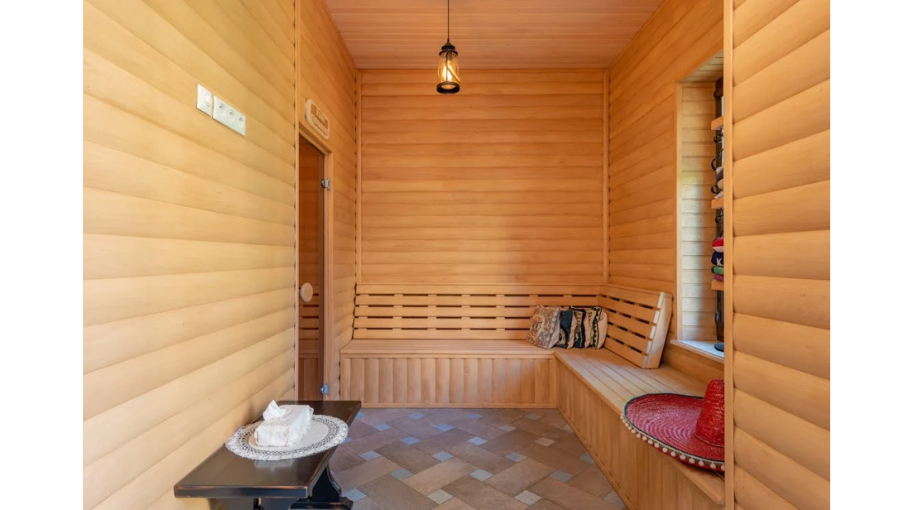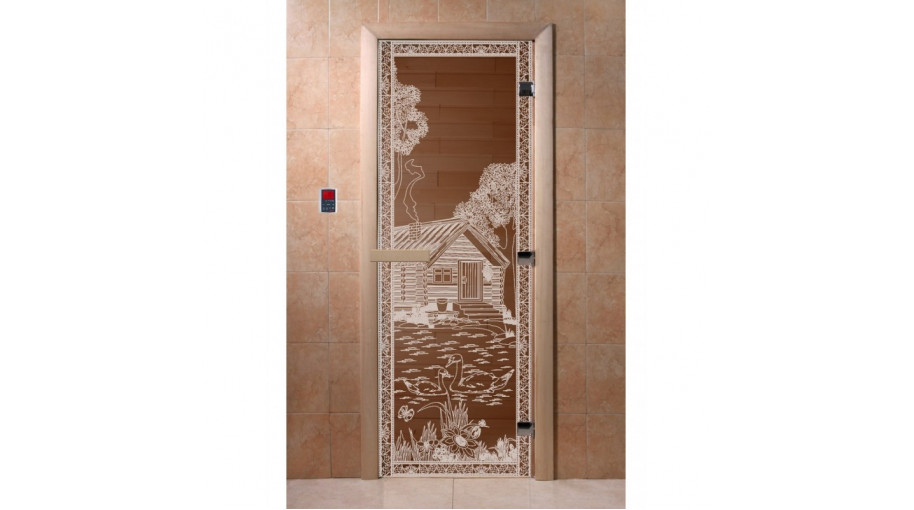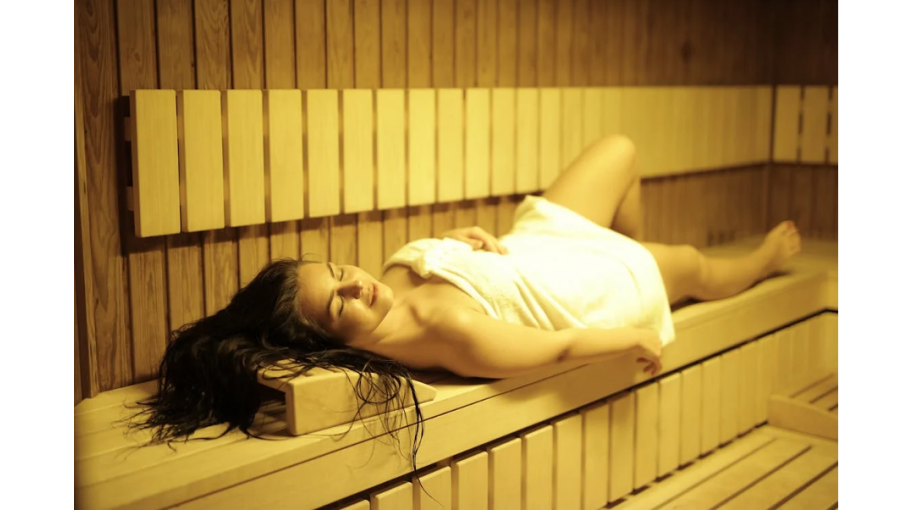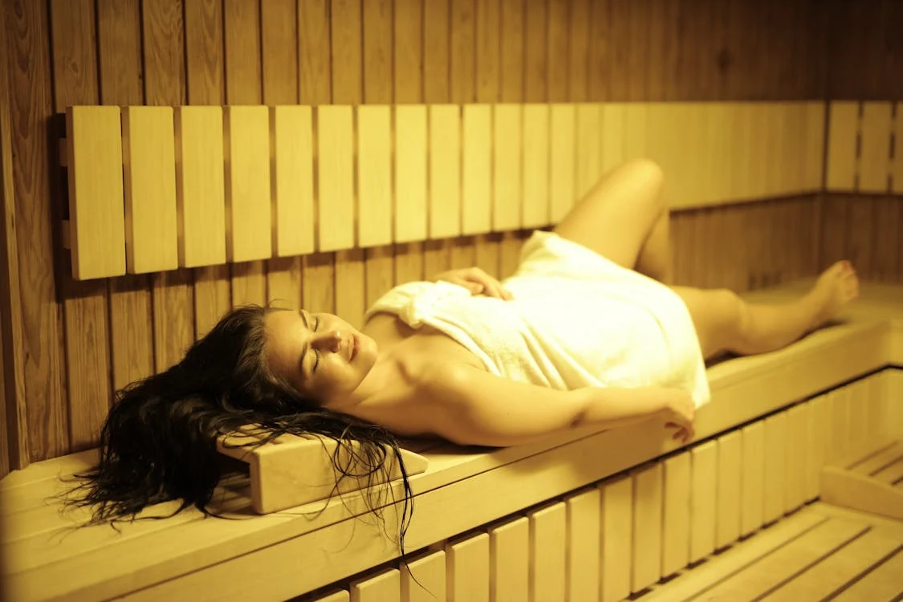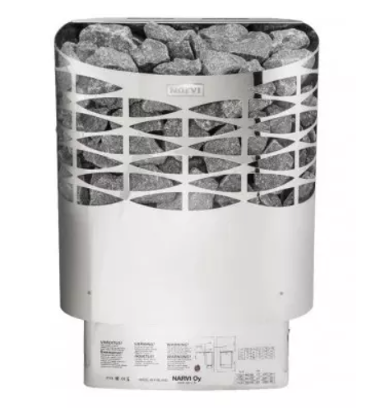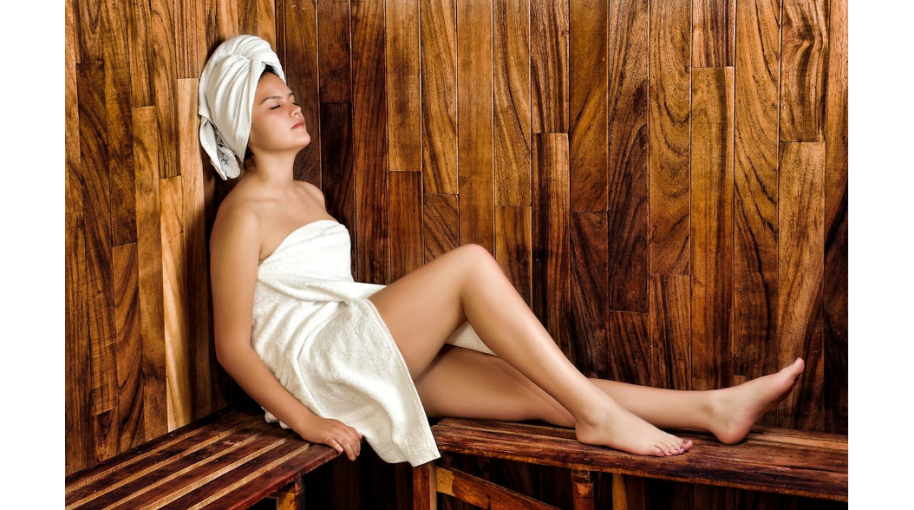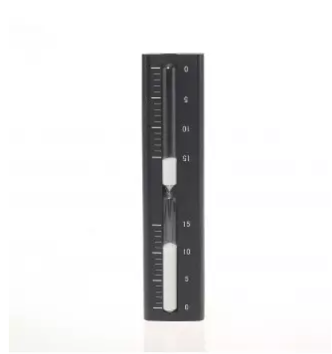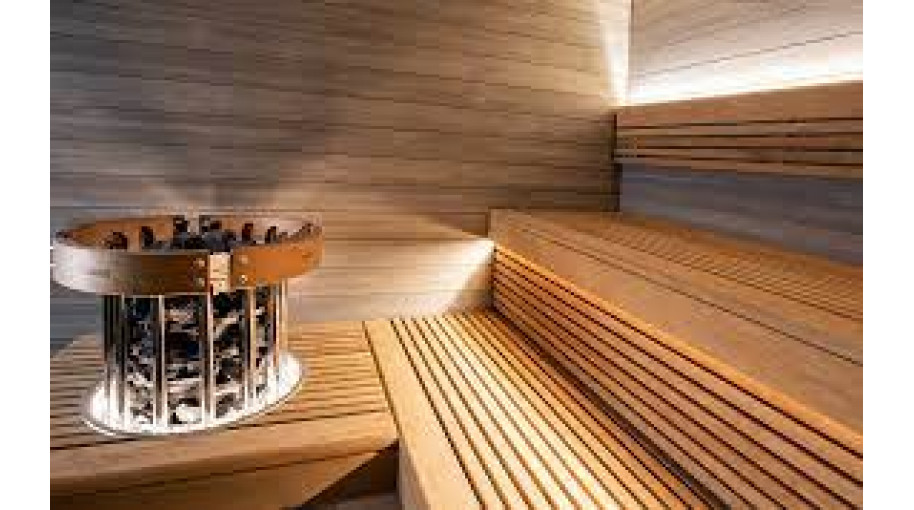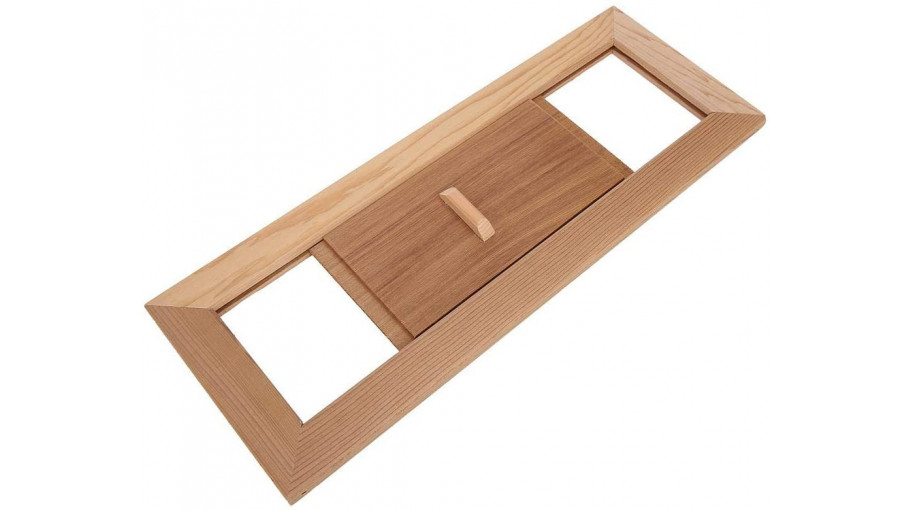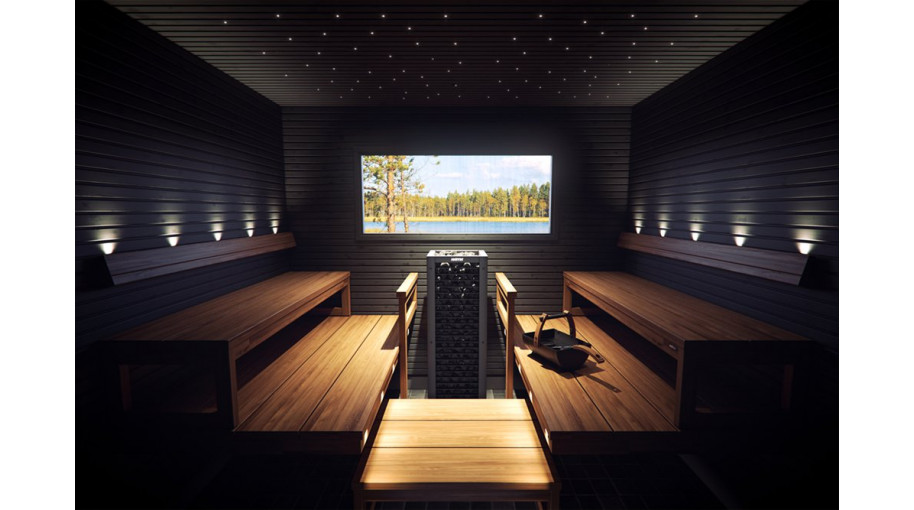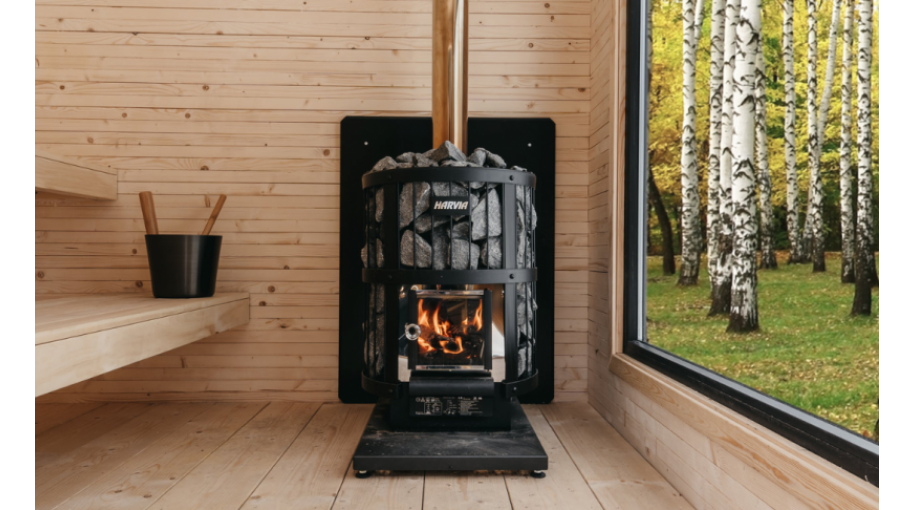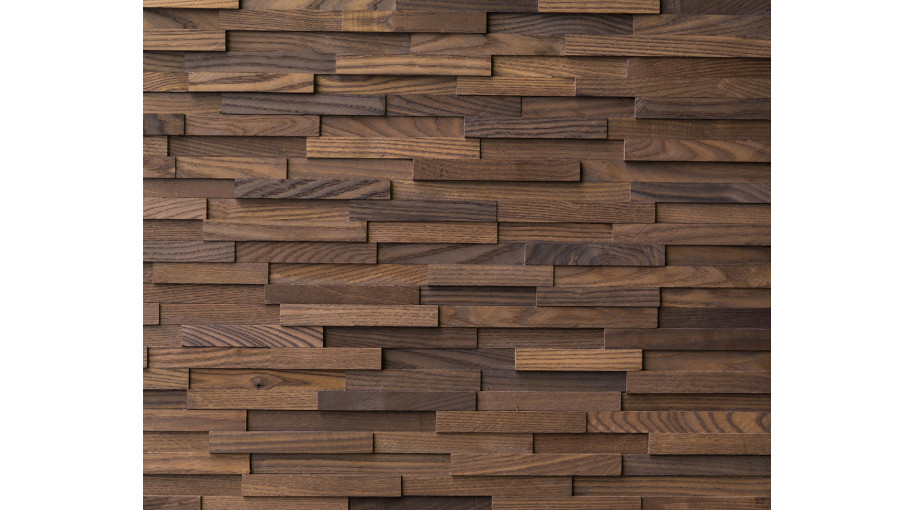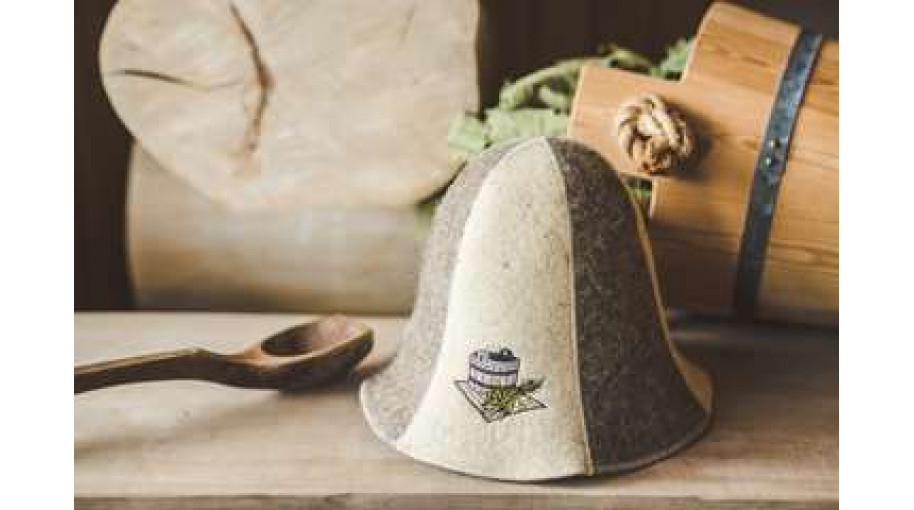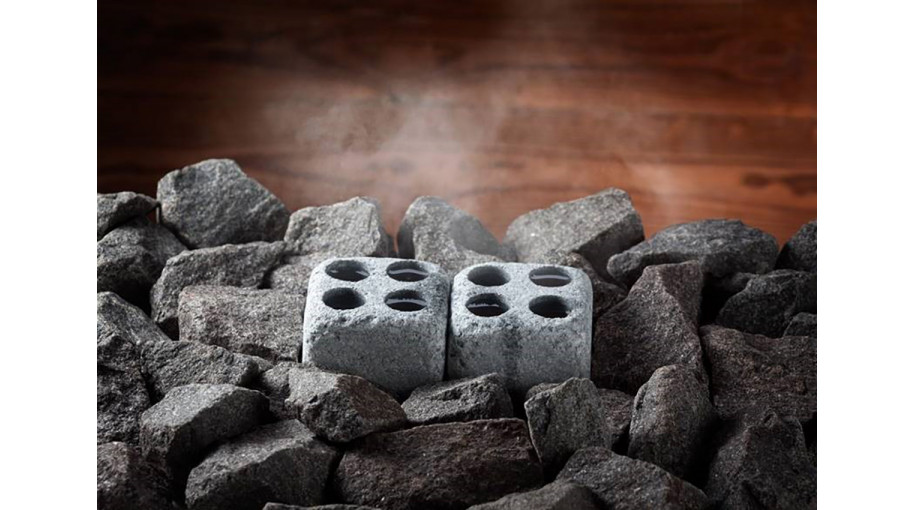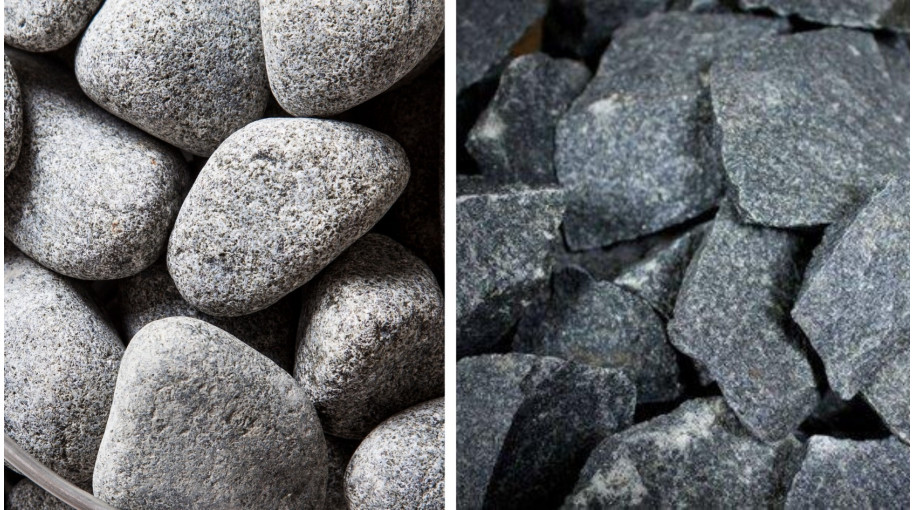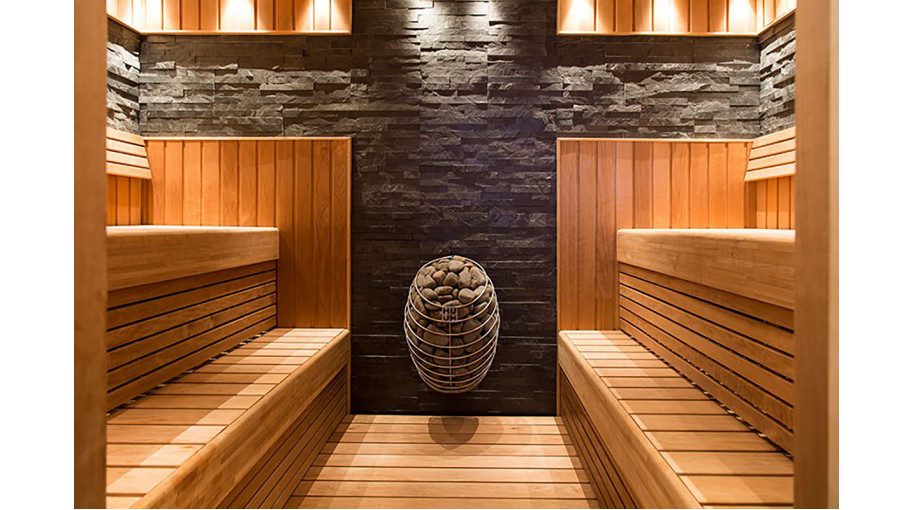All Blogs
Sauna Cosmetics – For Beauty and Health
Sauna Cosmetics – For Beauty and Health
The sauna is not only a place to relax but also an opportunity to rejuvenate your body and boost your energy. To fully enjoy sauna rituals, you need special cosmetics designed for both beauty and health. With such a vast selection available, it can be challenging to decide what your sauna SPA truly needs.
In this guide, we will introduce you to sauna cosmetics, highlight their key benefits, and explain why it is essential to use products specifically designed for the sauna rather than everyday skincare items.
Sauna Soap
Soap used in the sauna is specially formulated to withstand high temperatures. It is typically made from natural ingredients such as oats, honey, and oils. Sauna soap helps remove dirt and sweat from the skin while also softening and moisturizing it. Natural soaps are particularly popular because they are suitable for all skin types, including sensitive skin.
Body Scrub
A body scrub is used to remove dead skin cells and improve blood circulation. Sauna scrubs are often made from ingredients like salt, sugar, or coffee. While it is not necessary to use them every sauna session, incorporating them into your routine every few cycles is highly beneficial. Keep in mind that body scrubs are suitable for both men and women.
Foot Scrub
Just like body scrubs, foot scrubs help remove dead skin cells, soften rough areas, and improve blood circulation. Special sauna foot scrubs are often enriched with essential oils to enhance the relaxing effect.
Sauna Oil
Sauna oils are designed to moisturize and soften the skin while also promoting relaxation. They can help relieve muscle tension and reduce stress. These oils are often made with essential oils such as lavender, eucalyptus, and rosemary. Sauna oils are particularly beneficial for those with dry skin, as they provide deep hydration when combined with the heat of the sauna.
Sauna Cream for SPA
Sauna cream is used to hydrate and protect the skin. It is typically made from natural ingredients like beeswax, butter, and oils. This cream helps prevent dryness and irritation, ensuring that your skin remains smooth and nourished even after multiple sauna sessions.
Special Sauna Masks
Sauna masks are formulated to cleanse and nourish the skin. They are often made from clay, herbs, and other natural ingredients. These masks can help improve skin tone and texture. The heat of the sauna enhances their effectiveness, making them a popular choice for skincare during sauna sessions. Choose a mask that matches your skin type for the best results.
Using Sauna Cosmetics Effectively
Not everyone incorporates cosmetics into their sauna routine, but they are highly recommended. Using the right products can enhance relaxation while significantly improving your skin’s health and appearance. You don’t need to visit a luxury spa—specialized sauna cosmetics can provide the same benefits at home.
However, it is important to use sauna cosmetics correctly. Here are some expert tips to maximize their effectiveness:
✔ Always perform a patch test on a small area of skin before using any sauna cosmetic product to ensure you are not allergic.
✔ Apply sauna cosmetics after washing and drying your skin for better absorption.
✔ Massage the products into your skin rather than simply applying them. This activates the ingredients and enhances their effectiveness.
✔ Allow the product to absorb for a few minutes before rinsing it off with warm water.
✔ Use sauna cosmetics 1–2 times per week. Avoid overuse to prevent skin sensitivity.
When choosing sauna cosmetics, consider your skin type and specific needs. Opting for products made from organic ingredients is a great choice, as your skin will benefit the most from natural and eco-friendly components.
Sauna doors: how to choose?
Which door is best for your sauna? The answer is very broad. Often the sauna itself "tells" -
which door is best for it. And the sauna owner agrees, specifying the search by deciding on the style of the sauna. After all, you want it to be not only functional, but also aesthetically attractive.
Sauna doors - not a trifle, but the essence. After all, without doors - the sauna will not be functional, right?
There are many different types of sauna doors. Each of them has its own advantages and disadvantages.
Wooden doors
Wooden doors are a classic choice for sauna doors. They are durable, beautiful and can give your sauna coziness. Wooden doors can be made of various types of wood. The most commonly used
wood is pine, spruce, alder. The most important thing is that the doors are qualitatively impregnated. This will ensure that they will last a long time and at the same time maintain their quality after many years. It is best to buy special doors that are designed for saunas. Then they will be properly prepared for this hot and humid room.
Glass doors
Glass doors give the sauna a sense of openness and spaciousness. They also allow you to see the stove and stones from the outside of the sauna. Glass doors can be transparent, frosted or patterned. We usually recommend choosing glass doors for those whose sauna is quite small. Then it will visually look a bit bigger. However, remember that glass doors are a bit more delicate. If you want the glass to always look beautiful and clean, it is best to clean it after each sauna session.
Metal doors
Metal doors are durable and waterproof, so they are perfect for saunas with high humidity. Metal doors can be made of steel, aluminum or copper. However, they are not as attractive, so they are chosen much less often. Although the price is one of the lower ones, it looks quite heavy, it puts a lot of strain on the sauna, it does not look magical.
You can find sauna doors here.
How to choose a sauna door?
When choosing a sauna door, you should take into account your budget, needs and preferences. You also need to evaluate the size, style and temperature of the sauna.
Since sauna doors are purchased for many years, of course, do not save time. In this case, the saying that you need to measure 9 times and cut 10 times is best. In the same way, think 9 times, and only then buy.
● Budget. Sauna door prices can range from several hundred to several thousand euros. By following the promotions, you will be able to buy sauna doors cheaper.
● Needs. If you need durable doors that can withstand high humidity, metal doors will suit you. If you want a door that will give your sauna a sense of openness and spaciousness, glass doors are more suitable for you. The room itself also often shows which door will suit it best.
● Stylistics. Do you want your door to match the style of your sauna? You can also consider choosing a door with a unique design or pattern. After all, a door can decorate a sauna!
● Dimensions. Before buying a door, be sure to measure your door opening. This will make sure that it will fit properly. There are no variations here - the door must perfectly match the dimensions of the frame.
● Direction. Do you want your door to open outwards, not inwards? Look for these.
● Quality. The door handle and hinges should be durable and waterproof.
In order for your door to last a long time - it needs to be cleaned and maintained regularly.
Remember that when choosing a sauna door, you can always consult with specialists. We will answer your questions, provide recommendations, and hopefully help you find the sauna door that best suits your needs.
Stainless steel chimneys for the sauna: selection and advantages
A good quality sauna requires special equipment that will ensure that both your body and your soul experience the best emotions during the spa. Don't skimp when choosing equipment. Remember that it is bought for many years, and having any sauna is better than none. In order to feel the real pleasures, possibilities and advantages of a sauna, you need to install a sauna according to the recommendations of specialists.
One of the most important components is chimneys. Stainless steel chimneys for saunas are a popular choice. Valued for its durability, corrosion resistance and easy cleaning. They are also efficient conductors of heat, so they can help keep your sauna warm for long periods of time, even after the heating has stopped.
Choosing a stainless steel chimney
When choosing a stainless steel chimney for a sauna, several nuances should be considered.
● What chimney diameter is required? The diameter of the chimney must correspond to the size of your sauna stove. When choosing, be sure to estimate the dimensions in centimeters.
● The thickness of the stack must also be evaluated. The thickness of the chimney must be sufficient to withstand the heat "coming" from your sauna stove.
● What is its required length? The length of the chimney should be such that it protrudes above the roof.
● Finally, what type of chimney is most suitable? There are several different types of stainless steel chimneys. They can be single wall, double wall, fireplace, etc.
If it is very difficult to choose yourself, because you want to find one that fits perfectly, but it seems that you need to evaluate too many parameters - you can always consult with our specialists. We will answer questions, provide recommendations and the like. We hope that this will help you find a price that will suit a particular stove and sauna down to the smallest detail.
Chimney installation works
Chimneys for saunas are not demanding, they are installed quite quickly. However, it is best to leave the work to those who know it, so they will guarantee efficiency and speed, which are usually no less important for the customer.
HARVIA STEEL CHIMNEY
The essential rules that must be followed when installing a chimney are:
● Hire a qualified professional to install the chimney. Be sure to sign performance guarantees, hire only legally working individuals or companies.
● Before installation - read the manufacturer's instructions carefully.
● Regularly clean and maintain the chimney. It is not difficult. The most important thing is constant attention. This will ensure the longevity and smooth operation of the chimney.
● Check the chimney every year for holes or other damage. If there are, it is also best not to try to manage them yourself if you do not have practice. Because there is so much advice on the internet, some people think that they can fix their chimney problems just by relying on theoretical knowledge. Of course you can try. However, it should be understood that such attempts are not always successful.
With proper maintenance, a stainless steel chimney will last for many years.
Advantages of a stainless steel chimney
Stainless steel chimneys have several advantages. It is not for nothing that this type of chimney is the most popular for saunas.
• Durability. Stainless steel is a durable metal that is highly resistant to heat, corrosion and other environmental factors.
● Corrosion resistance. Stainless steel is corrosion resistant, so it is unlikely to rust.
● Easy cleaning. These chimneys are easy to clean. Just use soapy water and a brush.
● Effective thermal conductivity. Stainless steel is an efficient conductor of heat, so it can help keep your sauna warm.
● Aesthetics. Steel chimneys have a modern and stylish look that can add more appeal to a sauna. Chimneys are offered in different colors, which will allow them to be combined with the facade of the sauna.
Lithuanians are increasingly enjoying their own saunas, which help them take proper care of their health. And it's good that you can take care of yourself while relaxing, enjoying the moment and enjoying the beautiful skin of your body.
Electric stoves are necessary for the sauna
Electric sauna stoves are the perfect choice not only for saunas themselves, but also for houses and farms. They are convenient, easy to install and do not require special ventilation. An important advantage is that they save energy and are environmentally friendly.
Sauna electric stoves are very diverse. So, you need to choose according to the parameters of your sauna, of course, and personal expectations.
When choosing electric stoves, it is necessary to pay as much attention as possible to their parameters. Also, be sure to be interested in innovation. Often, modern stoves, like any other sauna equipment, will be more expensive, but the advantage is that their capabilities are much greater, so at the same time, you will be happy and have a better bathing experience.
● The size of the sauna. The stove must be powerful enough to heat your sauna. Never buy an underpowered oven. You will definitely regret it. It is already better to buy a more powerful one, which seems to have a "power reserve".
● Desired temperature. Some ovens can reach higher temperatures than others. Again, even if it appears to be reaching very high temperatures, it is better to have a reserve as well.
● Features. Some ovens have additional features such as an integrated steam generator or a remote control. More innovative stoves are more expensive, but they can ensure that the use of the stove will be simpler, more convenient and at the same time with more possibilities.
● Price. The prices of electric sauna stoves can vary from several hundred to several thousand euros. You can save by following promotions.
You can find electric stoves here.
Use of an electric stove
Using electric ovens is very easy. They work by themselves. The key is minimal maintenance that will ensure your stove performs perfectly.
● Before using for the first time, be sure to read the operating instructions of the oven. In it, the manufacturer presents in detail the most important types of use of the stove, possibilities and other parameters that you should know.
● Make sure the oven is plugged into the correct electrical outlet. Make sure that the electrical wiring in the sauna is of good quality.
● Do not pour water on hot stones. Under no circumstances should you do this when the electric stove is nearby.
● Clean the stove and stones regularly. Neither equipment nor stones are demanding. However, to maintain functionality, you need to clean it regularly. Plain water is also perfect for this. It is possible, of course, to purchase chemistry adapted for this purpose.
● Do not use the oven if it is damaged. Many defects can be fixed, so look for a handyman, not a new stove.
Noteworthy models
We will discuss several models of electric stoves that are really worthy of attention and recognized by customers as one of the best.
Electric sauna stove - Tulikivi Huurre. The combination of colors and design is perfect for both dark and light sauna interiors. The large amount of stones gives off a long, moist and gentle heat. Protective distances allow the stove to be installed in beds, thus expanding the installation possibilities in the sauna room.
Electric sauna heater HELO HIMALAYA BWT ELITE FREE. The new sauna stove hides a water tank with the ingenious BWT technology, which humidifies the sauna cabin while the stove is heating the sauna. Therefore, when you get on the sunbeds, the air is already pleasantly humid, and you feel rich warmth on your skin.
Electric sauna stove MONDEX KYMI M. It is a wall-mounted stove with clear lines. The stylish perforated steel shell and 30 kg of stones give every sauna user the opportunity to bathe in a variety of ways from toes to the ceiling.
A reliable electric stove can significantly improve your sauna experience. Don't save for her. Both in choosing time and in purchasing money. A good stove will last a very long time, so it will pay off in full.
Accessories for saunas: what do you need?
Do you want to make the most of the sauna and feel only the best experiences while in it? Then you need to pay attention to the details. Of course, a properly equipped sauna is the essence, but if small details are coordinated in it, you can use the sauna to the maximum
Accessories for saunas are intended not only for beauty, but also for improving functionality. What else does your sauna need?
Sauna stones
The sauna stones are placed on the stove and heated. They generate steam when water is poured on them. There are different types of sauna stones: granite, slate and basalt. It is true that the stones are not only intended to give the bathing process more functionality, but also attractiveness. Even if the stones will not be used much during the "cooking" of steam, it will decorate the sauna - really a lot. For many, it is one of the most important decorations of the sauna, which seems to give meaning to the rituals performed here
Ladles
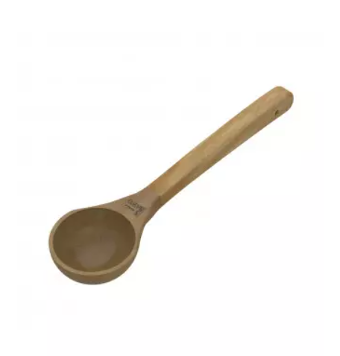 Ladles are used to pour water onto the sauna stones and create steam. Ladles are often made of wood or plastic. It can be a great gift for a bath. Choose engraved ladles or get plain ones and engrave them with words that will only be meaningful to the recipient.
Ladles are used to pour water onto the sauna stones and create steam. Ladles are often made of wood or plastic. It can be a great gift for a bath. Choose engraved ladles or get plain ones and engrave them with words that will only be meaningful to the recipient.
Shingles
Swabs are used to beat and massage the body in the sauna. They are often made from birch branches or eucalyptus leaves. Again, this is not only a functional, even necessary attribute of the sauna, but also a tasteful decoration. Some buy shingles not only for whipping, but also for hanging on the wall. You can soak the shingles in essential oils, which will emit a pleasant aroma from the heat.
Sauna hats
Sauna hats are worn on the head to protect the hair and scalp from the heat. This is one of the most important attributes during bathing. Some wear it just for beauty, but the far more important benefit is protection. They are often made of wool or felt.
Sauna thermometers
Sauna thermometers are used to measure the temperature in the sauna. It is important to make sure that the temperature of the sauna is safe. Choose ones that not only show the intensity of the heat, but also decorate the environment. Even several thermometers can be combined when creating interior decor.
Hourglasses are used to keep track of time in the sauna. Most commonly used are 15 or 30 minutes. It is known that time can be measured with many different devices. This may lead one to wonder why such an ancient calculation methodology is chosen. Precisely because it is archaic. And where is the most tasteful presentation of the watch. With it, the environment will be much more magical. Again, this can be a great gift for a bather.
Sauna lighting
Sauna lighting is used to create the atmosphere of the room. It is important to choose lighting that is neither too bright nor too dark. Neutrality, simplicity, and coziness are usually sought in the sauna. It is created by properly selected, not too bright and aggressive lighting.
Sauna gloves
We offer special sauna gloves to protect your hands. They are made of felt, which fits nicely against the skin. It not only warms them, but also moisturizes them.
Pouring tubs
Hot tubs and tubs are made of natural materials that decorate and provide comfort and at the same time provide an opportunity to cool off after hot steam by pouring cooler water on yourself. Such a contrast is very useful for the human body, it strengthens the immune system.
Accessories for saunas can be bought for yourself or as a gift. As a gift, it is the perfect sign to a loved one that they are well known. Most of the time, there is no better gift for a sauna enthusiast than one that is related to the sauna. And believe me - the sauna attracts you and you usually don't let go.
Sauna installation - with us the it will be easier
Sauna installation -
with us the installation process of your dream sauna will be much more
effortless and easier
The sauna became an integral part of the life of many Lithuanians.
People started installing saunas in their homesteads and homes more and more
frequently. These days, the sauna is not only a way of entertainment, but also
an effective way to promote health. However, installing a sauna is not a very
easy task. If you are planning to install a sauna and do not have experience,
below you will find some useful advice that should help you estimate the costs
of sauna installation.
How much does it cost to install a sauna?
That is probably the first
question that arises when a customer starts planning to build the sauna.
Surely, each sauna is different, as are the needs of future users. The size of
the sauna might seem to be the biggest
factor determining the price of the sauna. However, it is not the only factor
on which the price of installation may depend. The cost of a sauna of the same
size can vary greatly and this will mainly be influenced by the variety of
options used. In order to estimate the preliminary cost of your sauna, first
make a list of your preferences and then it will become easier to calculate the
cost.
Indoor interior
We recommend choosing
high-quality and durable wood for interior decoration as it will ensure a long
service life of the sauna. If you wish the siding and benches used for the
interior of the sauna to remain in excellent condition for as long as possible,
choose first class wood. Of course, top quality wood saunas will cost much
more, but it is worth investing more in
order to be able to enjoy longer service life of your sauna.
Sauna ventilation system
Proper ventilation system is a
must in every sauna. The range of sauna fans on the market is very wide, so you
will easily find the option that suits your needs. In the product range
provided by our company you will find various models of fans, ventilation
pipes, ducts, diffusers and finishing grilles. Therefore, if you wish to bask
safely, the ventilation system of the sauna must work flawlessly. The air
moving into and out of the sauna has to change at least 10 times per hour. Well
ventilated sauna will ensure good air quality inside and a pleasant basking
process.
Sauna stove
Probably everyone knows that the
most important element of the sauna is a sauna heater. Both wood-burning and
electric stoves can be used in the sauna. As both types of stoves have their
own advantages, it would be wise to evaluate your budget and specific
expectations before deciding which sauna heater to choose.
Please do not hesitate to contact us if it is difficult for you to
choose the right sauna equipment. We will assess your needs and will prepare
the most optimal offer.
Sauna ventilation: its importance and principle of operation
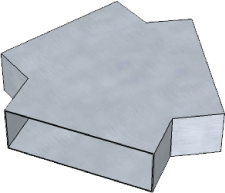 A sauna heater and sauna ventilation are two main components in the sauna, so these are first things you will need to figure out if you are planning to install your own sauna. Both are necessary for the installation of a quality sauna. If you have already chosen a sauna heater, you will have to ensure that your sauna is well ventilated. There are few important things to know about installing a well ventilated sauna.
A sauna heater and sauna ventilation are two main components in the sauna, so these are first things you will need to figure out if you are planning to install your own sauna. Both are necessary for the installation of a quality sauna. If you have already chosen a sauna heater, you will have to ensure that your sauna is well ventilated. There are few important things to know about installing a well ventilated sauna.
Advantages of sauna ventilation
First of all, it is very important to understand that if the sauna room is not ventilated, or not well ventilated, it is not only unpleasant, but also dangerous to your health. In the absence of oxygen, dizziness will occur. That is why you have to make sure that your ventilation is properly installed. Surely, this is not the least reason to have a well ventilated sauna.
Moreover, when the sauna is not in use, well installed ventilation will help to ensure that it is supplied with fresh air and remains dry. When the sauna is heated (regardless of whether a wood-burning or electric sauna heater is used), a proper ventilation system helps to supply the sauna heater with the oxygen needed for good wood burning (if a wood-burning stove is used) and convection (if the sauna has an electric stove).
Similarly, by supplying oxygen in the process of basking, well installed ventilation helps to remove sweat from the air also, this ensures easiness of breath. In addition, when basking is over, it helps to remove moisture and dry the wood faster and more efficiently. Thus, it is obvious that sauna ventilation is necessary for every sauna.
Operation of sauna ventilation
Hot air goes up as it is lighter than cold air, so when the temperature becomes very high, there is also a much larger difference in air weight and then the air flow starts to move more strongly (air movement inside the sauna, to the sauna and from the sauna).
Air circulates in a circle inside the sauna. First the air rises from the sauna heater, then it gives off heat, starts to descend on the other side of the sauna, returns to the sauna heater and warms up again. The air moving into and out of the sauna has to change at least 10 times per hour. It is therefore important to ensure that the air supply and vents are installed on different sides of the sauna. In such cases, care is usually taken to ensure that fresh air enters the room through a vent above the stove located approximately 10 cm from the ceiling so then the cooled air is extracted from the sauna room on the opposite side of the sauna where vents are installed to the floor. This helps to ensure efficient and smooth ventilation of the sauna room.
If you are having any questions about sauna ventilation and wondering what you should choose to ensure your sauna is well ventilated, we suggest you contact us and we will help you make the right choice.
Selecting lights for your sauna - how to choose correctly
With decent lighting you will be able to create a more
cozy and soothing atmosphere and at the same time ensure greater safety.
Nowadays there are numerous options for lighting the sauna, so it can be
difficult to make decisions. Here are some tips on how to make the process of
selecting a design for your sauna lighting wiser.
Which lighting to
choose?
What is considered to be a better
choice for sauna lighting: atmospheric or more brightly lit? In this case, you
will be the judge as it all depends on your preference. While listening to
advice might always be worth doing, the final decision will have to be yours,
as it is going to be your sacred place and only you know what brightness of
lighting would suit your needs the best.
However, there are some basic
rules to help you determine how much light might be needed for your sauna.
Lighting is an important element that can affect the mood, however, safety
comes first, so it is always necessary to comply with the established
requirements for a certain amount of light. Moreover, the need and amount of
light can directly depend on the people bathing in the sauna - it may not only
be the matter of taste. As an example, a 60 year old person needs twice as much
light to see as good as a 20 year old person. Probably, the most convenient solution in this case
will be to install a dimmer. This way, every person basking in the sauna will
have the opportunity to adjust the brightness of the light according to their
needs.
Interior lighting is a final touch to the design of sauna
The arrangement of lights in the
sauna is a very important factor that determines the atmosphere in the sauna.
The basic rule is to illuminate the sauna, not the people basking. Light in the
sauna can be brought in many ways. Therefore, it is useful to consider whether
you feel more comfortable when the light is coming from the ceiling or from
under the benches? Or perhaps you prefer a combination of these two solutions?
Would the spot light or indirect evenly distributed luminaires suit your needs
the best?
There may be places in the sauna
that are worth lighting only for the sake of safety and convenience. Such
places are stairs, benches, water tanks, measuring meters, etc. The choice of
lighting is also influenced by the colors cohen for the interior. For example,
if the same luminaires are installed in a light or dark sauna, white light
might feel too light and darker light may appear too dim.
LED lights or fiber optic lights?
Safety requirements must be taken
into account when designing your sauna lighting. These days, the most popular
lighting technologies are LED and fiber optic lights, as well as their various
combinations. Lighting elements must be chosen thoroughly and thoughtfully so
that the chosen lights correspond to the electrical installation of the sauna.
Fiber optic lighting can be
designed without restrictions for the place as there is no electricity in the
optical fibers themselves. Meanwhile, the installation of LED lighting is
limited, especially since there are places where LED luminaires must not be
installed at all, as an example, around a sauna heater. LED luminaires should
be at least 50 cm away from the sauna heater in both directions. Stove lighting
can only be designed using fiber optic lights.
By properly installing the lighting in your sauna, you will ensure
greater safety standards, increase the functionality of the sauna, create a
more comfortable environment which will help you enjoy the pleasures provided
by the sauna.
Wood-burning sauna stoves: a traditional and noteworthy choice
It has been known that sauna was
used by people for several thousand years and its positive effects on human
health are unquestionable. Historical sources show that people could have been
using the sauna even in much earlier times than 7000 years BC. This extremely
popular way of spending leisure time is deeply rooted in the culture of many
countries.
While in the modern times, many
consumers opt for solutions based on modern technology for sauna installation,
still, no one can replace a wood-burning sauna stove. After all, such a stove
is probably the most reminiscent and brings up the atmosphere prevailing in the
old baths. And this is not only due to the heat iself, but also due to the
crackling of firewood, the glowing fire, the special smell of burning wood,
which allows us to enjoy such a unique and ancient sauna-like environment. The
heat emitted by the wood-burning sauna stove is very soft and pleasant, has a
soothing effect and helps to create a unique sauna atmosphere.
Advantages of a wood-burning sauna stove
In order to help you decide, we
would like to introduce you with some of the many advantages wood-burning sauna
stoves provide.
No electricity required
First of all, the wood-burning
sauna stoves do not require any electricity. For this reason, it makes the
installation process much easier, as you can choose almost any place you want
to install your wood burning sauna stove - even where there is no electricity.
In addition, the stove will also not require any heating elements that might
otherwise wear out and would eventually need to be replaced. And although wood
might not be the cheapest option, by choosing a wood-burning sauna heater you
will not need to pay increased electricity bills, and the sauna will continue
to operate continuously even if the electric power is lost.
Significant health benefits
In a traditional sauna, such as
one with a wood-burning sauna heater, the prevailing temperature is much higher
and the humidity level is much lower (almost 30%) compared to steam baths,
where the humidity level is 100%. In addition, in such a sauna blood
circulation is improved significantly and similarly tension and stress is
reduced at a higher rate. The body and skin are effectively cleansed while
sweating through open skin pores during basking. This helps the body to recover
in a much more quick manner. However, different types of saunas have different
specific advantages, so the choice is up to you.
Creates great atmosphere for communication and relaxation
A traditional and nostalgic environment
can be easily achieved, especially when a wood-burning sauna stove is used to
heat the sauna. If you prefer to bask in the sauna with a larger group of
people or if it is an integral part of various celebrations or gatherings of
family and friends, the use of a wood-burning sauna stove could be a perfect
choice for you. The bursting of burning firewood, the soothing flame of fire
and the unmistakably pleasant smells altogether create a special atmosphere
that relaxes, enchants and is perfect for the time we spend socializing with
family and friends.
Various types of wood used for building sauna
In Lithuania, the main building material used for the construction and
installation of saunas is wood. The preference of wooden saunas is due to its
ecological and environmentally friendly solutions. The saunas are built using
special types of wood in preference to its provided high temperatures and high
humidity levels. This ensures a longer service life of the sauna and increases
the pleasure of basking in the sauna.
Wood types used for the construction of the sauna
Wooden saunas are generally
constructed from frames or logs.
• Frame
saunas. When building a frame sauna, you can choose a variety of wood for
its frame, both deciduous and coniferous tree woods. However, it is important
to know that the birch wood is not recommended to choose for the construction
of a frame sauna. The life span of birch wood is relatively short because of
its faster rotting time, so usually it is not recommended to be used in
building saunas. Therefore, it is necessary to install finishing in frame
saunas as beams, thermal insulation materials and siding boards are used in
building the construction of a frame sauna.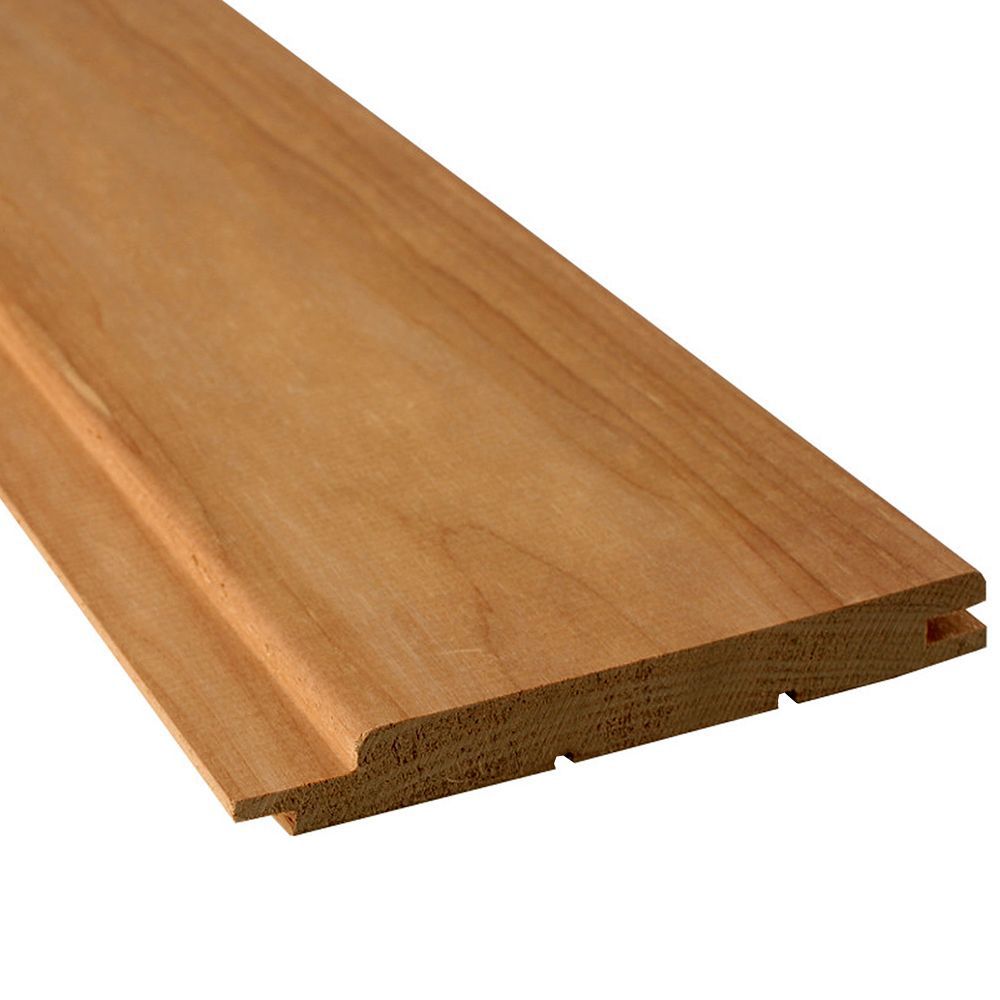
• Log cabin sauna. For the construction of a log sauna pine tree wood
is the most commonly used log type, however, many consumers also prefer to use
spruce wood. In addition to the use of natural logs, milled or turned logs can
also be used to build a log sauna (in some cases, glued wood logs are also
used). Finishing is usually preferred and installed inside a log sauna
(although some users choose to opt out), however, finishing is usually not
applied for the exterior.
Wood preference for the interior of the sauna
Linden, aspen or black alder wood
is most commonly used for bathing beds and walls installed inside the sauna.
Although the prices of these types of wood on the market are quite similar, as
in many other cases, they are primarily determined by the quality of the wood.
For example, first class linden wood is much more expensive than black alder
wood.
• Linden paneling. It is considered to be one of the most popular and
best choices for sauna construction. Linden tree siding is tar-free, has a
pleasant smell and has a low conductive heat. Linden tree wood is also
resistant to moisture - the wood does not get darker for a longer time compared
to other wood types used for paneling in sauna construction. This wood is
perfect for saunas with preference of high temperatures and high humidity, such
as steam baths.
• Cedar siding. It has a low thermal conductivity (less than spruce
or aspen). However, as cedar is not widespread, cedar pine sawn timber is more
available on the market.
• Pine siding. This type of siding is inexpensive, however, pine is
not suitable for construction of steam baths as this wood gets extremely hot.
Therefore, if you like pine, you can use pine siding for the hallway or other
sauna rooms where the heat does not reach high levels.
• Aspen paneling. Paneling boards made of this wood are resistant to
rotting process and are partly similar to the already mentioned linden wood
cladding boards for saunas, so both can actually be one of the easily
accessible options.
Moreover, it is worth mentioning
wood from Africa and Canada used for the construction of saunas, which is also
offered and available on the Lithuanian market and can be selected for the construction
and installation of saunas:
• Wood from Africa: abachi wood is porous and also does not become
hot immediately, however, its price is higher if compared to the price of
wooden boards from linden tree loungers.
• Wood from Canada: If the high price is not intimidating, then
Canadian red cedar could be a perfect choice. It has particularly good heating
properties, a very beautiful aesthetic appearance and releases a great scent.
Red cedar is perfect both for installation of sauna beds and the whole interior
itself.
The wood you decide to choose for your sauna depends entirely on the
type of sauna you are installing, your budget and the planned interior
solutions.
Sauna hats - a necessary headgear while basking in the sauna

Sauna accessories- tips on what to choose
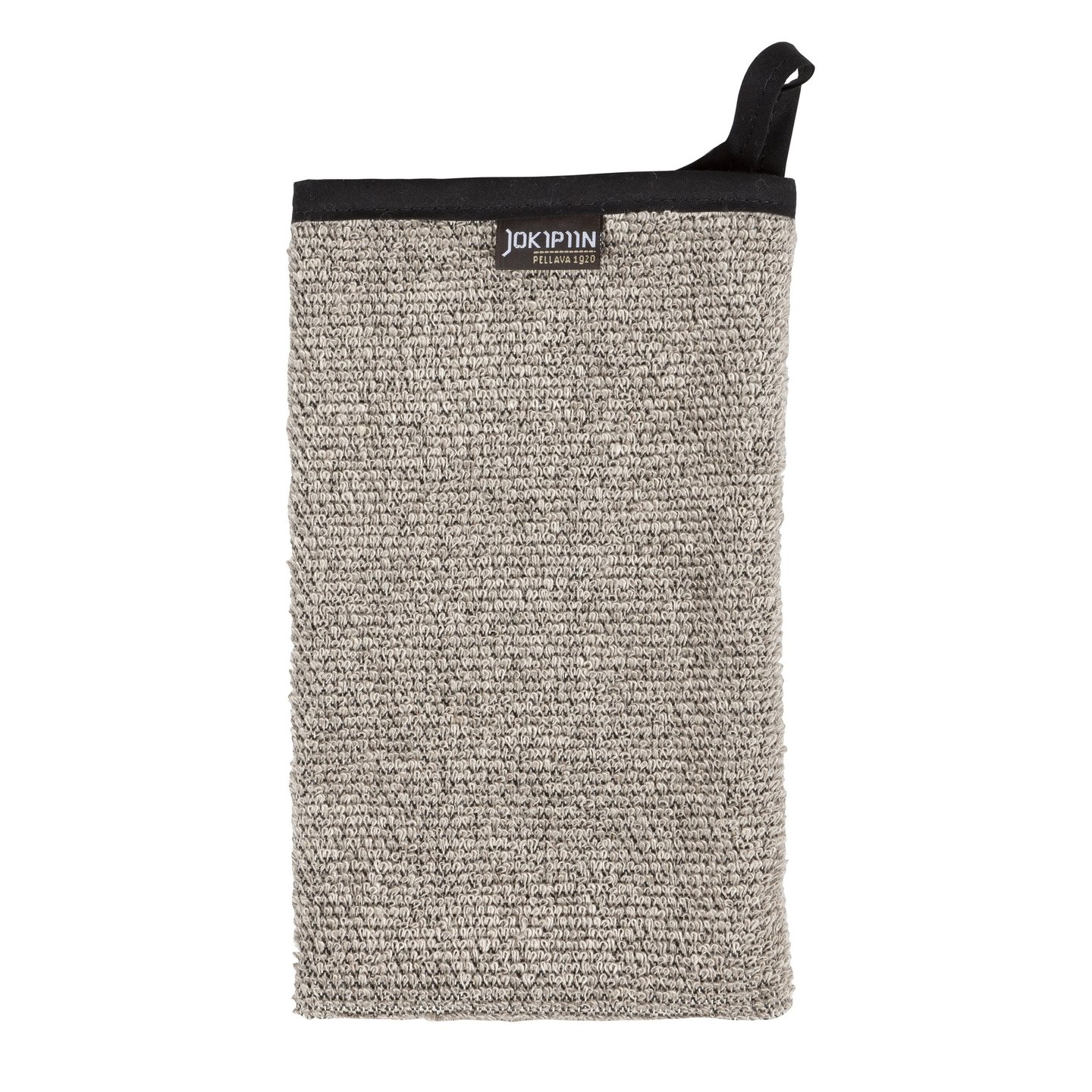
 Aromatherapy in sauna
Aromatherapy in saunaSauna stones - everything you need to know about them
Installing the sauna and choosing the right sauna heater are the
inevitables, however, there are still a few things left to implement, so you
could fully enjoy the real pleasures of the sauna. One of the things to
consider is definitely related to the right choice of sauna stones. Since sauna
stones can have a direct impact on the efficiency of the sauna itself, it is
very important to know how to distinguish the appropriate sauna stones, how to
arrange and change them.
Different types of
sauna stones
Do you know what to look for in
the first place when choosing sauna stones for your sauna heater? There are few
important things to consider. Sauna stones must have a very good heat storage
and heat transfer properties. Likewise, the stones should not crack from water
and heat. Fortunately, consumers are offered a very wide range of sauna stones
with the properties mentioned above as the market for sauna products is highly
available these days.
● Talc
chlorite or otherwise known as a soapstone. This stone is widely used for sauna
stoves as it is considered to be one of the most appropriate choices for sauna
stones. Soapstone has a high density, is heavy and has a heterogeneous
structure, this enables it to store a lot of heat, conducts it perfectly and
gives off the accumulated heat for a very long time. Likewise, the talc
chlorite stone stimulates a gentle steam.
● Vulcanite.
This is another popular choice of stones used for sauna heaters. Vulcanite is
very durable, long-lasting, and has particularly good heat storage and transfer
properties. In addition, the price of this sauna stone is considerably
affordable.
● Gabbro Diabase. It is a very hard
and high-density stone with a solid structure, it heats evenly, it accumulates
and gives off the accumulated heat very well, has a long service life and what
is most important, does not emit any
substances during the heating process.
●
Jadeite.
It is one of the most beautiful stones, which, among the other things, is very
expensive. This greenish stone creates a light, gentle and gradually increasing
steam. It is able to retain heat for a long time, does not crumble and does not
crack. Another important property of this stone is that it ionizes the air.
●
White
quartzite. Due to its resistance to very sudden and large temperature changes
this stone is perfect for sauna heaters . It has a very high density and has
low thermal conductivity. Moreover, gentle steam is created in the sauna with
the help of white quartzite. Among the other properties, this stone also helps
cleansing the respiratory organs and saturates them with oxygen.
●
Raspberry
quartzite. This sauna stone has a property of heating up very quickly, is also
highly resistant to high temperatures and their changes, so it does not crumble
and has a long service life. Similarly to white quartzite, already mentioned
above, raspberry quartzite creates a very light and gentle steam.
Exploitation
of the sauna stones
It is important to pay attention to the exploitation of
stones for sauna heaters when choosing the sauna stones that best suit your
sauna and meet your needs. Always remember that it is crucial to consider more
than just the types of sauna stones. No less important are the aspects of size,
quantity, shape and the layout of the stones.
●
The
size of the sauna stones. The larger the stones in the sauna, the longer it
takes them to heat up. Your choice should be shaped according to the type of
the stove used in your sauna. If a metal stove is used, it is advisable to
choose larger sauna stones, and if an electric stove is used, smaller sauna
stones would be considered as a better choice.
●
The
amount of stones. The amount of sauna stones is directly correlated to the
temperature of the sauna heater chosen for the sauna. If the temperature for
the sauna is chosen at lower levels, the amount of stones should be higher,
however, if the temperature is chosen at
higher levels, the amount of stones used in the stove can be lower.
●
Stove
stone arrangement. The stones in the stove should be arranged according to
their size. The largest stones should be placed first and the smaller ones on
top. It is important to leave gaps between the stones, thus ensuring optimal
air circulation.
●
Supervision
of the sauna stones. As the sauna stones are regularly exposed to high heat and
humidity, it is recommended to re-elect the stones every year and a half.
During the reassembly, the stones of the sauna that have crumbled, become
porous, have burned or cracked over time should be removed and replaced with
new ones.
These tips
should help you choose the sauna stones that will best suit your exceptional
needs according to the chosen sauna stove. The choice of stones will provide
you the preferred steam type and will allow you to enjoy the pleasures of the
sauna.
Electric sauna heaters: how to choose the right heater
If you are currently immersed in the search for a high-performance and
long-lasting electric sauna heater and if you are a true lover of saunas, you
can be assured that the variety of manufacturers and models of sauna heaters is
large. While it’s great that there is such a large selection range of electric
heaters on the market, many of you might be having a number of questions on how
to choose the most suitable electric sauna heater. In order to help you choose
the right electric sauna heater, we have explained some of the characteristics
below.
Why choose an electric sauna heater?
If you are considering which
stove to buy, probably the best option for your sauna will be an electric sauna
heater. It is very easy to incorporate these heaters into the interior of the
sauna, as they are extremely compact. In addition, they are highly valued by
many consumers for their convenient and uncomplicated handling, easy
maintenance and lower fire risk.
One of the biggest advantages of
using an electric stove in saunas is that you will need just a few clicks of a
button, 20-30 minutes of your patience and your sauna will be ready. This is a
feature, which is appreciated by all users who like to bask in the sauna.
Moreover, many of the latest models of electric sauna heaters can be set to
start heating automatically at the desired time. That way, you will save even
more time in the process of preparing your sauna to be ready to use. In
addition, consumers can control their saunas remotely using their smartphones.
Modern electric sauna heaters
offered on the market are well known and valued for their very high quality.
Main manufacturers of electric sauna stoves are HARVIA, TYLÖ, EOS, NARVI or
HELO.
Advantages of an electric sauna stove
● Short pre-heating up time;
● Low
consumption of electricity;
● Even distribution of temperature in the
sauna;
● High quality heating elements with great
longevity;
● Excellent contact between the sauna stones
and heating elements ensures proper steam;
● Optimal amount of space for stones;
● Extremely high performance and smooth
operation;
● Very convenient control system;
● Greater security provided.
Sizing a sauna heater
First thing to do, in order to
choose a proper electric sauna stove, is to consider the space of the sauna itself.
Whether you will choose a small wall-mounted sauna heater or a larger
floor-standing heater it will all depend on the interior of the sauna which
will determine what kind of electric sauna heater you will need. Every sauna
heater is different,  so the power requirements will be different too. However, an average of 1 kW of power is
required for each cubic metre of sauna volume. For an instance, 4-7
cubic metre sauna will require 4.5 kW of power, 5-8 / 9 cubic metre sauna will
require 6 / 6.8 kW of power, 8–14 cubic metre sauna will require 9 kW of power
and 10–18 cubic metre sauna will require 10.5 kW of power. These are general
rules that will help you choose a correct heater according to the volume of
your sauna.
so the power requirements will be different too. However, an average of 1 kW of power is
required for each cubic metre of sauna volume. For an instance, 4-7
cubic metre sauna will require 4.5 kW of power, 5-8 / 9 cubic metre sauna will
require 6 / 6.8 kW of power, 8–14 cubic metre sauna will require 9 kW of power
and 10–18 cubic metre sauna will require 10.5 kW of power. These are general
rules that will help you choose a correct heater according to the volume of
your sauna.
Wall-mounted or floor-standing sauna heater?
The solution will depend only on
your specific needs. As mentioned above, it is always important to take into
account the volume of the sauna, as smaller saunas are better suited for
wall-mounted sauna heaters, and larger saunas are better suited for floor-standing
sauna heater models.
What amount of stones is enough for an electric sauna heater?
The Finns believe that saunas
must be built in the traditional way. This means that the more stones there
will be in the sauna stove, the softer and more pleasant the steam of the sauna
and the atmosphere of the sauna itself will be. And this is true - the more
stones there are, the better. When there are fewer stones, the heater emits
lower amounts of steam, which makes air in the sauna much drier. Each electric
sauna heater will be different and the amount of stones required will range
from 6 to 300 kg.
Can you pour water on the stones of an electric sauna heater?
Definitely yes! Water can be
poured on the electric sauna heater stones and undoubtedly each electric sauna
stove will emit steam too. For this reason, it is not worth listening to myths
and other misconceptions about electric stoves.
So if you are looking for an electric sauna heater, you will be facing
a large selection of stoves. Therefore, we recommend you to choose it carefully
and responsibly, do not forget to take into account the specifics of your sauna
and its other parameters.
 (7).png)
